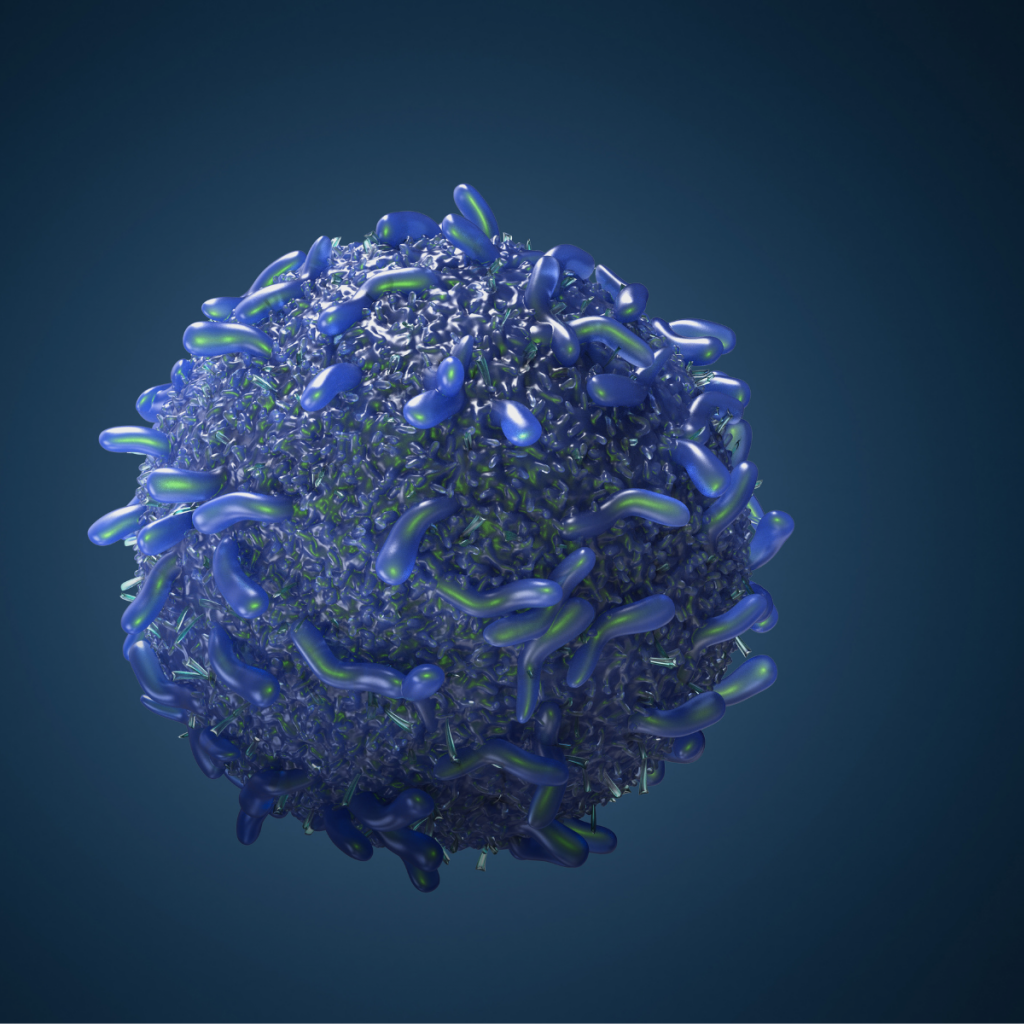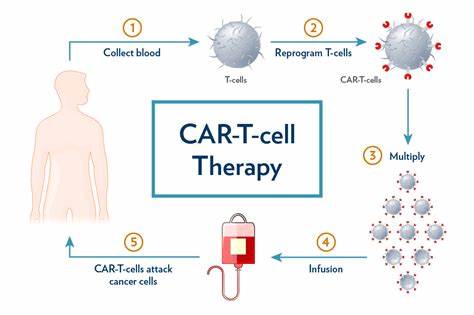Cancer remains one of the leading causes of death worldwide, yet advancements in modern medicine have significantly improved treatment outcomes for patients. Over the years, the development of various innovative therapies has changed the way cancer is treated, offering hope and prolonging life for many individuals. From traditional options like chemotherapy and radiation therapy to newer treatments such as immunotherapy and targeted therapy, there is now a wide range of methods available to tackle this complex disease. Understanding how these treatments work and their effectiveness can help patients make informed decisions about their care. This article will explore the most common modern cancer treatments, their benefits, potential side effects, and how they have revolutionized cancer care.
1. Chemotherapy: A Traditional but Powerful Option
Chemotherapy has been a cornerstone of cancer treatment for decades. It involves the use of powerful drugs to kill fast-growing cancer cells throughout the body. This treatment is commonly used for a wide range of cancers, including leukemia, lymphoma, breast cancer, and lung cancer. Chemotherapy can be administered orally, intravenously, or via injection.

Effectiveness of Chemotherapy
While chemotherapy is effective in shrinking or eliminating cancerous tumors, its impact varies depending on the type and stage of cancer. Chemotherapy works by targeting cells that divide rapidly, which is a characteristic of cancer cells. However, it can also affect healthy cells that divide quickly, such as those in the hair follicles, digestive tract, and bone marrow, leading to common side effects like nausea, hair loss, and fatigue.
Despite its side effects, chemotherapy remains a widely used treatment, especially in combination with other therapies, for improving survival rates and providing relief from cancer-related symptoms. Recent developments in chemotherapy drugs have also made it more targeted, reducing damage to healthy cells and improving overall outcomes.
2. Radiation Therapy: Targeting Cancer with Precision
Radiation therapy uses high-energy rays or particles to destroy cancer cells. It is most commonly used for localized cancers, such as tumors in the breast, prostate, or brain. The treatment works by damaging the DNA inside cancer cells, which prevents them from growing and dividing. It can be administered externally (external beam radiation) or internally (brachytherapy), depending on the location and type of cancer.
Effectiveness of Radiation Therapy
Radiation therapy can be highly effective in treating small tumors or shrinking large tumors before surgery. It is often used in conjunction with other treatments like chemotherapy or surgery. Its effectiveness largely depends on the cancer type, tumor size, and the precision of the radiation delivery.
In recent years, advancements in imaging and computer technology have improved the accuracy of radiation therapy. Techniques such as intensity-modulated radiation therapy (IMRT) and stereotactic body radiation therapy (SBRT) have enabled doctors to target tumors more precisely while minimizing damage to surrounding healthy tissue.
While radiation therapy can be highly effective, it can also cause side effects like skin irritation, fatigue, and in rare cases, damage to healthy organs near the treatment site. Advances in technology have helped reduce these side effects and increase the treatment’s precision.
3. Immunotherapy: Harnessing the Power of the Immune System
Immunotherapy is a revolutionary approach that boosts the body’s immune system to fight cancer. This treatment works by stimulating the immune system to recognize and attack cancer cells, or by introducing synthetic immune system components like antibodies. Immunotherapy has gained significant attention due to its potential to treat cancers that are resistant to traditional therapies.

Effectiveness of Immunotherapy
Immunotherapy has shown remarkable success in treating cancers such as melanoma, lung cancer, and kidney cancer, among others. It works by targeting specific proteins on cancer cells that allow them to evade immune detection. By blocking these proteins, immunotherapy helps the immune system identify and destroy cancer cells.
One of the most significant breakthroughs in immunotherapy is the use of immune checkpoint inhibitors, which have shown promise in treating cancers that were previously difficult to manage. Drugs like pembrolizumab (Keytruda) and nivolumab (Opdivo) have improved survival rates for patients with advanced cancers, especially when other treatments have failed.
While immunotherapy offers significant promise, it is not without its challenges. Some patients may experience side effects such as skin rashes, diarrhea, or inflammation in organs. Moreover, not all patients respond to immunotherapy, and researchers are still working to understand why certain cancers are more susceptible to this treatment.
4. Targeted Therapy: Precision Medicine for Cancer
Targeted therapy involves the use of drugs or other substances to specifically attack cancer cells based on their genetic mutations. This treatment focuses on the molecular and genetic characteristics of cancer cells, rather than their appearance under a microscope, offering a more personalized approach to cancer treatment.
Effectiveness of Targeted Therapy
Targeted therapy has proven effective in treating cancers with specific genetic mutations, such as breast cancer with HER2 overexpression or lung cancer with EGFR mutations. By targeting these specific alterations, targeted therapies can block the signals that promote cancer cell growth and survival.
Compared to chemotherapy, targeted therapies are more selective in attacking cancer cells, which means they tend to cause fewer side effects. They can be administered orally or intravenously and are often used in combination with other treatments like chemotherapy or immunotherapy for enhanced results.
Targeted therapy has revolutionized cancer treatment by offering more personalized, effective treatments for specific cancer types. However, the treatment is not suitable for all patients, and resistance to targeted therapy can develop over time, which may limit its long-term effectiveness.
5. CAR-T Cell Therapy: A Cutting-Edge Approach to Cancer Treatment
Chimeric Antigen Receptor T-cell (CAR-T) therapy is an innovative form of immunotherapy that has shown significant promise in treating blood cancers like leukemia and lymphoma. This treatment involves modifying a patient’s T cells (a type of immune cell) to better recognize and attack cancer cells. Once the T cells are engineered to target cancer-specific antigens, they are infused back into the patient’s body.

Effectiveness of CAR-T Cell Therapy
CAR-T cell therapy has proven to be highly effective in treating certain blood cancers, particularly in patients who have not responded to other treatments. In clinical trials, CAR-T therapy has resulted in complete remissions for many patients with advanced leukemia and lymphoma.
While the results are promising, CAR-T therapy is still relatively new and comes with potential risks. Patients may experience severe side effects such as cytokine release syndrome (CRS) and neurological effects, which require careful management by healthcare professionals. Nevertheless, CAR-T therapy represents a groundbreaking development in the fight against cancer, particularly for patients with difficult-to-treat blood cancers.
6. Bone Marrow Transplantation: A Lifeline for Blood Cancer Patients
Bone marrow transplantation, also known as stem cell transplantation, is a treatment often used for blood cancers like leukemia, lymphoma, and multiple myeloma. The procedure involves replacing damaged or destroyed bone marrow with healthy stem cells, either from a donor (allogeneic transplant) or the patient’s own body (autologous transplant).
Effectiveness of Bone Marrow Transplantation
Bone marrow transplants are highly effective in treating certain blood cancers, providing patients with a chance for long-term remission or even a cure. The treatment is particularly effective for patients with leukemia, as it replenishes the body’s ability to produce healthy blood cells. However, it is a complex procedure that carries risks such as graft-versus-host disease (GVHD) and infections.
Bone marrow transplants have improved significantly over the years, thanks to advancements in donor matching, immunosuppressive drugs, and supportive care. As with other cancer treatments, the success of bone marrow transplantation depends on factors such as the patient’s age, overall health, and the type of cancer being treated.
7. The Future of Cancer Treatment: Precision Medicine and Beyond
The future of cancer treatment looks promising, with researchers continuing to explore new therapies and combinations of treatments. Personalized medicine, which tailors treatment to an individual’s genetic profile, is expected to become more widespread, offering patients more effective and less toxic treatment options. Advances in genomics, artificial intelligence, and nanotechnology are also paving the way for more precise, targeted therapies that may revolutionize cancer care in the coming years.
Additionally, ongoing research into cancer vaccines, new immunotherapies, and cancer detection methods hold great promise for improving treatment outcomes and reducing the incidence of cancer.
Conclusion
Modern cancer treatments have made tremendous progress in recent years, offering patients hope and better outcomes. From chemotherapy and radiation to immunotherapy, targeted therapy, and CAR-T cell therapy, cancer care has evolved into a more personalized and effective approach. While challenges remain, these innovative treatments have significantly improved survival rates and quality of life for many cancer patients. As research continues, the future of cancer treatment holds even greater potential for breakthroughs that may one day offer cures for many forms of cancer.

Leave a Reply